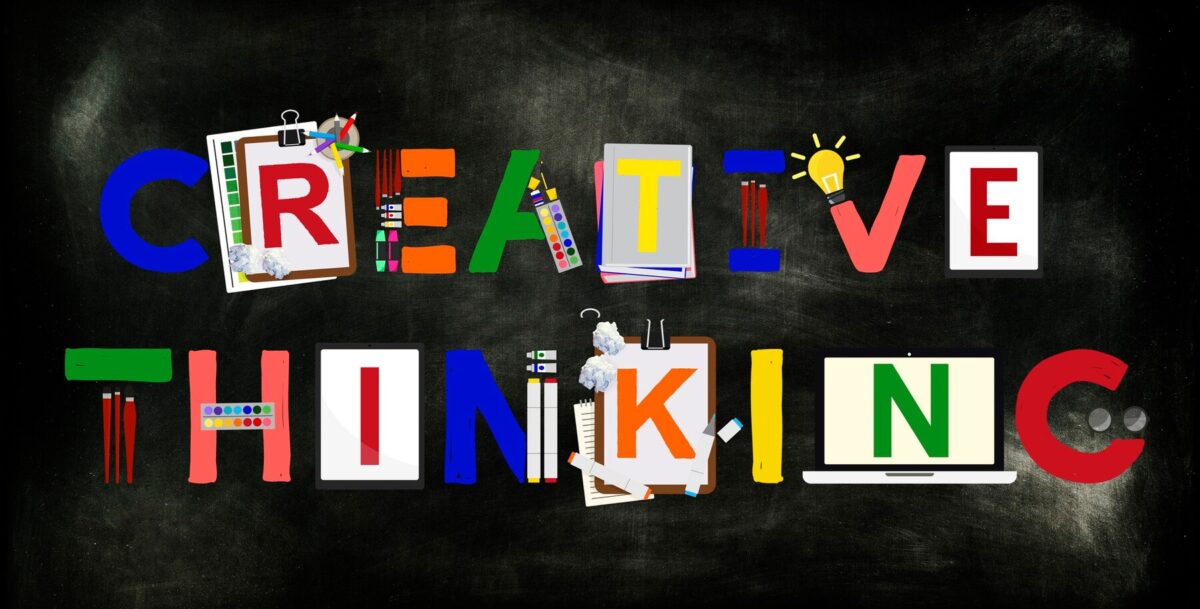How to Ensure Your Audience Stays Engaged with Your Content

In today’s competitive content landscape, capturing and maintaining your audience’s attention is crucial. Gone are the days when simply choosing the right keywords could guarantee traffic to your site. Today, success hinges on how well your audience connects with your content. This guide will provide you with a system designed to help ensure your audience remains engaged, whether you’re creating a blog post, podcast, video, book, presentation, or sales page.
The Power of Storytelling
Consider this: where’s the best place to keep your money safe and accessible? Most would answer, “a bank.” Similarly, where’s the best place to store your stories to make them easily accessible and impactful? The answer is a story bank.
Storytelling is a powerful tool in content creation. However, many content creators lack a purposeful system for capturing and categorizing their stories, making it challenging to recall the right story at the right moment. This is where a story bank comes into play, helping you capture and organize both significant and seemingly trivial stories that can resonate with your audience.
The Value of Small Moments
Even the smallest moments in your life can be transformed into valuable content. For instance, a simple exchange with a child about a video game can become a lesson on understanding your audience and speaking their language. Or, a memory from a past job as a waiter can evolve into a narrative about anticipating customer needs. These stories, once captured and refined, can leave a lasting impression on your audience, whether shared on stage, in writing, or in casual conversation.
Building Your Story Bank: A Step-by-Step Guide
To start leveraging the power of storytelling, follow these steps to build your own story bank:
Step 1: Choose Your Tools
Select a tool or app that you’re comfortable with to capture moments as they happen. This could be anything from Notion or Evernote to something as simple as the Notes app on your phone. The key is accessibility—your tool should be easy to use so that you can quickly jot down or record your thoughts before they fade away.
Step 2: Capture Interesting Moments
Whenever something interesting or unusual happens, document it. You don’t need to record every detail of your day—just focus on moments that stand out. Capture your thoughts without overthinking or editing them; this is simply a brain dump to ensure you don’t lose valuable ideas.
Step 3: Review and Filter
At the end of each week, review your story captures with a critical eye. Ask yourself, “How might this story be useful or interesting to my audience?” If a story doesn’t seem to have a clear connection or potential, archive it. This step helps you focus on the most impactful content.
Step 4: Develop a Story
Choose one story from your bank and expand on it. Structure it with a clear beginning, middle, and end. Consider how the story can tie into a larger message or lesson that’s relevant to your audience. If a story doesn’t feel right, don’t force it—move on to another one that flows more naturally.
Step 5: Tag and Organize
Once your story is developed, tag it with relevant keywords to make it easily searchable. Whether you’re preparing for a speaking engagement or writing an article, these tags will help you quickly find the stories that are most applicable to your current needs.
Conclusion: The Importance of Storytelling
Storytelling is an essential skill in content creation, but it requires intentional effort. By actively capturing and organizing your stories, you’ll always have a reservoir of engaging content to draw from. Start your story bank today and see how it transforms your content creation process.
